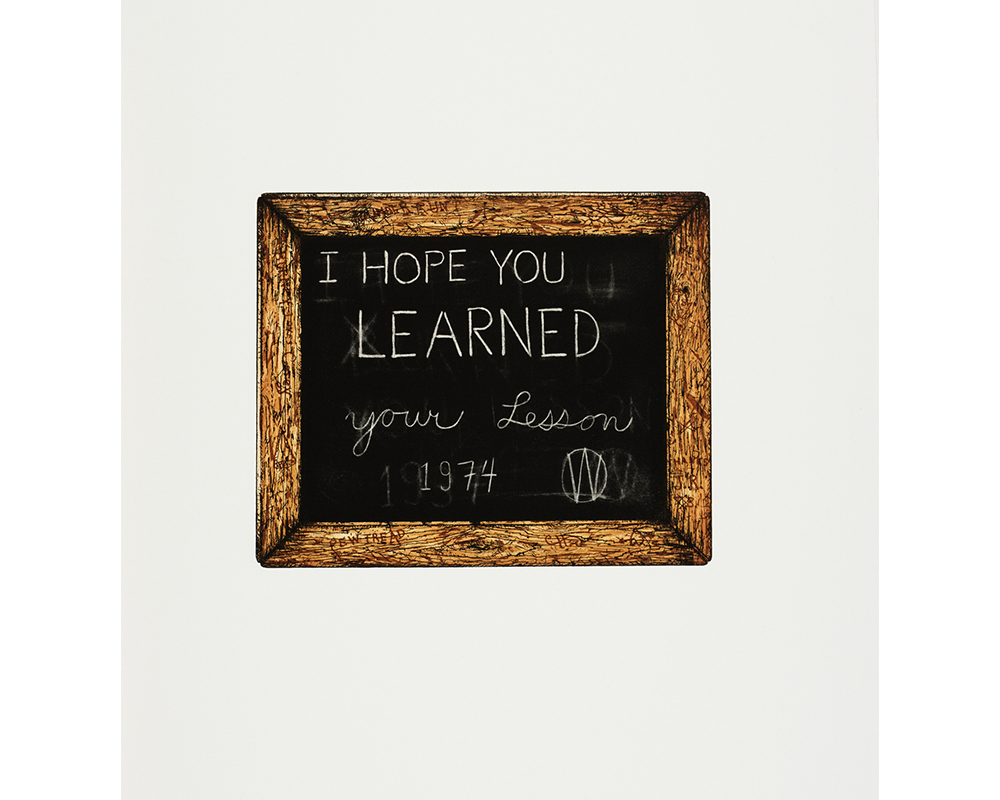
I Hope You Learned Your Lesson
Maggie Kurkoski is a member of the Smith College class of 2012 and the Brown Post-Baccalaureate Curatorial Fellow in the Cunningham Center.
In 1972, Jack Lemon invited artist William T. Wiley to Landfall Press in Chicago, where he was master printer, to collaborate on prints at the workshop. While Wiley was hesitant at first, he accepted the offer, and began to push what he knew about printing. Under the guidance of a master printer, he experimented with new methods, as seen in his work I Hope You Learned Your Lesson.
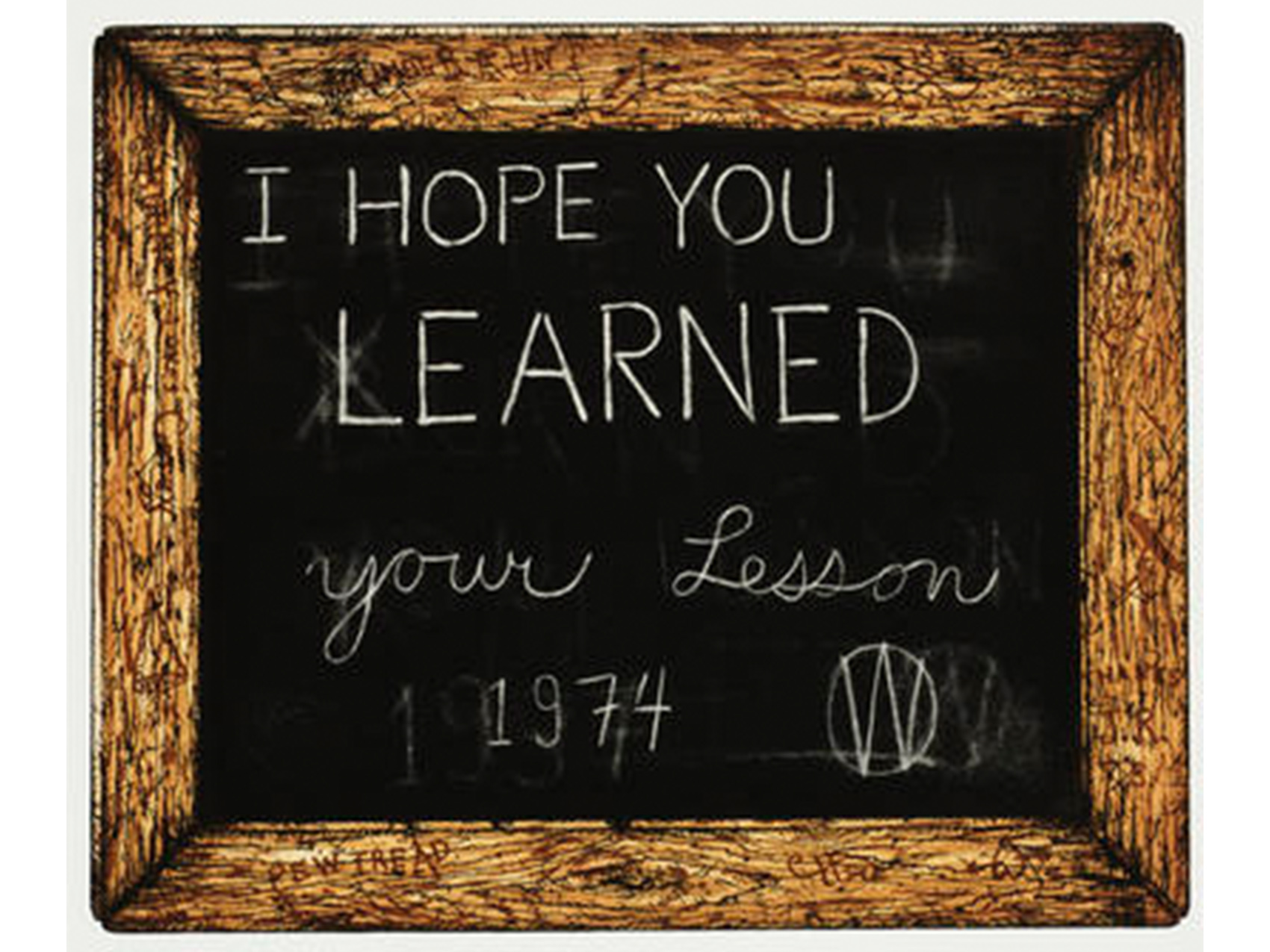
Close-up of I Hope You Learned Your Lesson
With the help of Lemon, Wiley used aquatint, a type of etching in which a powdered acid etches a wide area on a copper plate. After the plate has been run through the printing press, the result is an even tone of ink on the paper. For I Hope You Learned Your Lesson, Wiley used aquatint to create a smooth, black area. He created the appearance of chalk on the board by smoothing parts of the plate. The result, with strong white chalk lines over “erased” writing, creates a trompe l'oeil effect that tricks the eye into believing it is looking at a real chalkboard, not just an image of one.
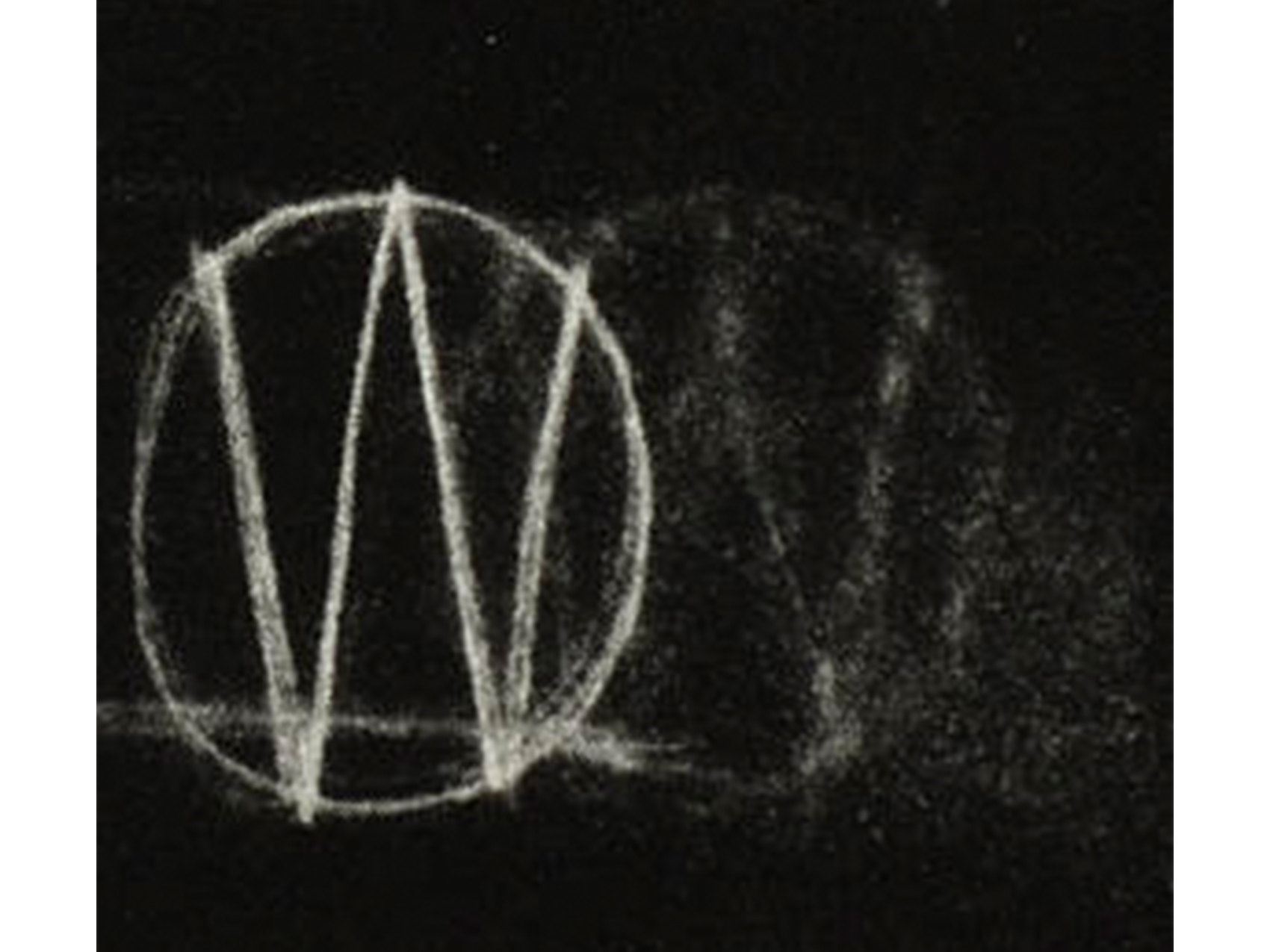
Detail of Wiley’s monogram and “erased” version
The spirited, self-referential elements throughout the piece reveal Wiley’s sense of humor. He makes the frame appear worn, scratched, and covered with graffiti, presumably to mimic the hard use a student’s chalkboard would undergo. He includes the year he printed the piece, 1974, but when the viewer looks closer, the ghostly remnants of an earlier date, 1937, are present: the year he was born. The closer you look, the more there is to see.
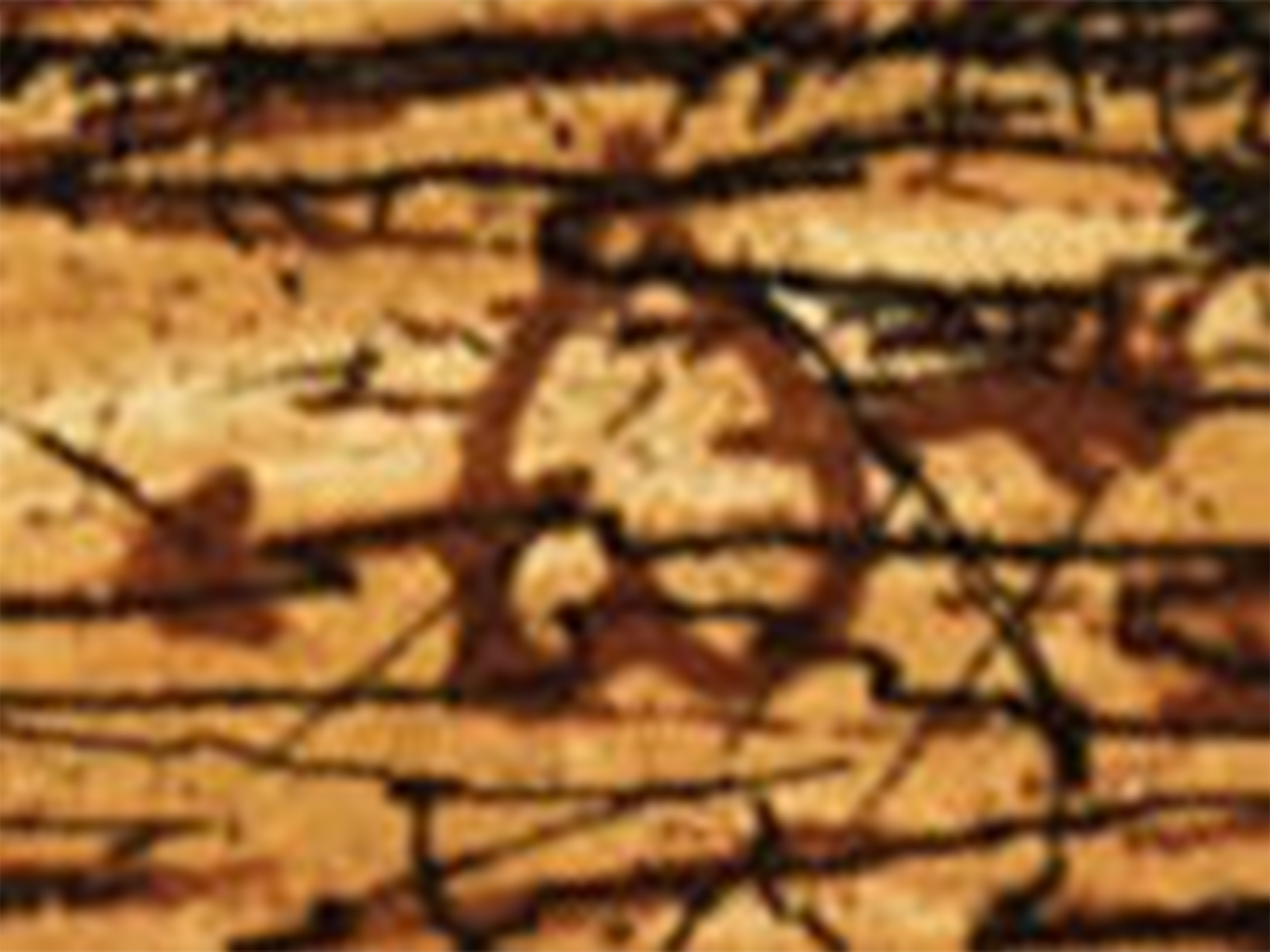
Detail of frame graffiti
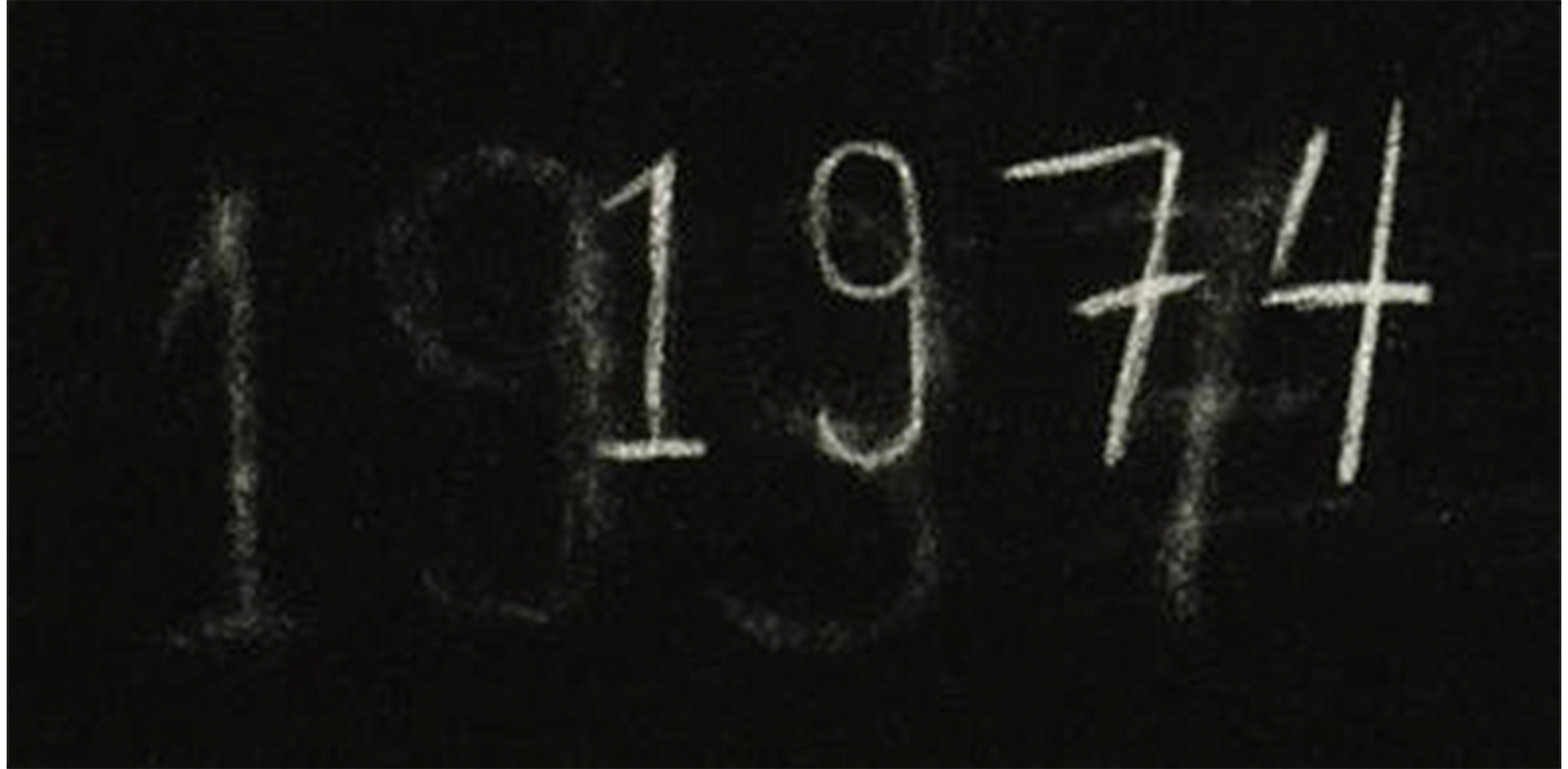
Detail of date and “erased” date
Although many details are playful, there’s still an edge to this work. The phrase “I Hope You Learned Your Lesson” not only conjures up a boring, uncreative classroom, but also implies the aftermath of punishment. Its ambiguity is troubling, and invites closer contemplation.